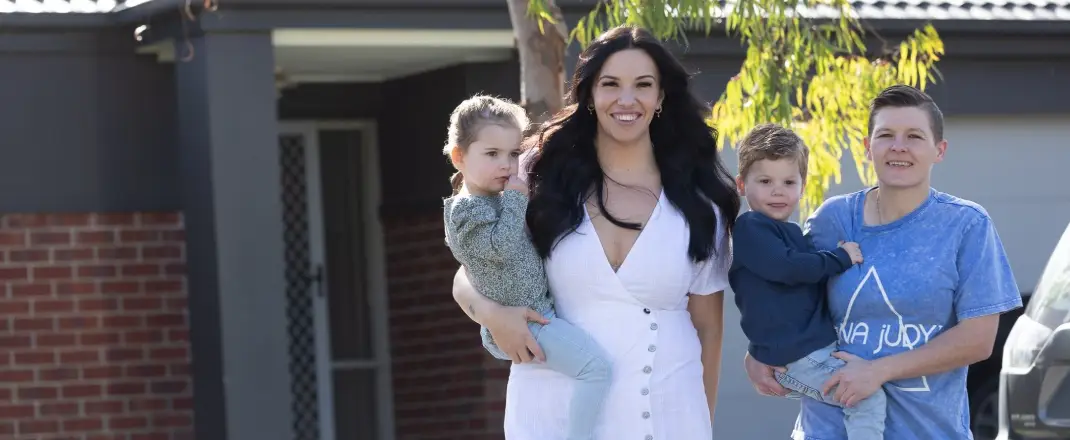Melbourne homebuyers facing up to $80,000 more for ongoing living costs in outer growth suburbs

26 September 2023
Homes in Melbourne’s outer growth suburbs come with significantly higher household running expenses, commuting costs and utility bills compared to inner city apartments, according to a new report commissioned by Great Southern Bank.
The ongoing costs of a two- or three-bedroom house in a growth area on Melbourne’s urban fringe can respectively be 27 per cent and 38 per cent higher than a 2-bedroom inner city apartment, according to research conducted by urban and public policy advisory SGS Economics and Planning.
Once ongoing living expenses - such as higher energy bills, fuel and public transport – are added to mortgage payments, owners of a two-bedroom house in Melbourne’s outer suburbs could be spending up to $11,500 more each year than those who purchase a two-bedroom apartment in an inner-ring suburb. The additional annual cost is more than $16,000 for a three-bedroom house, or $80,000 over the first five years of owning a home.
“We want to help homebuyers make informed and sustainable housing choices and have been working to understand the sometimes-forgotten ongoing costs of home ownership,” Great Southern Bank Chief Customer Officer Megan Keleher said.
“While homebuyers are often attracted to the affordable purchase price of homes in outer growth suburbs compared to the inner city, this research highlights the importance of weighing up the long-term costs against the potential upfront savings.”
The report found parking, car ownership, fuel and public transport costs were more than twice as much for those living in outer growth suburbs at around $23,700 annually, compared to the average inner-city commuter spend of $8,300. While some Australians are offsetting this cost by working from home, it remains an important consideration for those who regularly travel to their place of work.
Household running costs, including energy and water, were another key driver of higher costs for larger homes with gardens in the outer suburbs. With Victorians facing a more than 30% power bill rise from 1 July 2023, the short-term financial and long-term sustainability benefits of smaller, more energy and water efficient homes with high energy and water efficiency is likely to become even more important.
Weighing up the purchase price and other costs like commuting were important considerations for property manager Kayla and her partner Stacey. The family recently bought the three-bedroom house they’d been renting for 11 years in Truganina, in Melbourne’s western suburbs.
Affordability was a key consideration but being able to work from home made it an easier decision to buy further out from the city.
“Financially we couldn’t afford to buy in the inner city. I work from home four days a week – I’m really lucky. If I wasn’t able to work from home I would have had to get a job in the west that doesn’t pay as well as city jobs do,” Kayla said.
“And in terms of commuting to the centre of the city every day, if you add petrol costs, travel time, day care – it wouldn’t have been feasible for us.”
Ms Keleher said: “When homebuyers are weighing up options, it’s worth factoring in potential costs of home ownership over the next three, five, or 10 years, not just the upfront purchase costs.
“The property location and size of the home can impact ongoing living expenses, including energy and water bills and transport costs. These factors are becoming even more important for homeowners looking to balance cost of living pressures.”
However, Ms Keleher said existing homeowners who don’t have energy efficient features in their homes, or who face longer commuting times, do have options to reduce their environmental footprint – and ongoing costs.
The bank launched new personal loans recently, designed to help customers cut their energy costs andreduce the emissions from their cars and homes. The loans can be used to purchase technologies including home batteries, hot water heat pumps, and electric and hybrid cars.
Andrew McDougall, Principal of SGS Economics & Planning, said: “There are large costs attached to housing residents in new suburbs on the urban fringe, rather than in established areas.
“These include increased infrastructure costs, commuting cost and time, and potential environmental impact of transport and land consumption. These costs quickly add up for both the home buyers and the broader community.”

